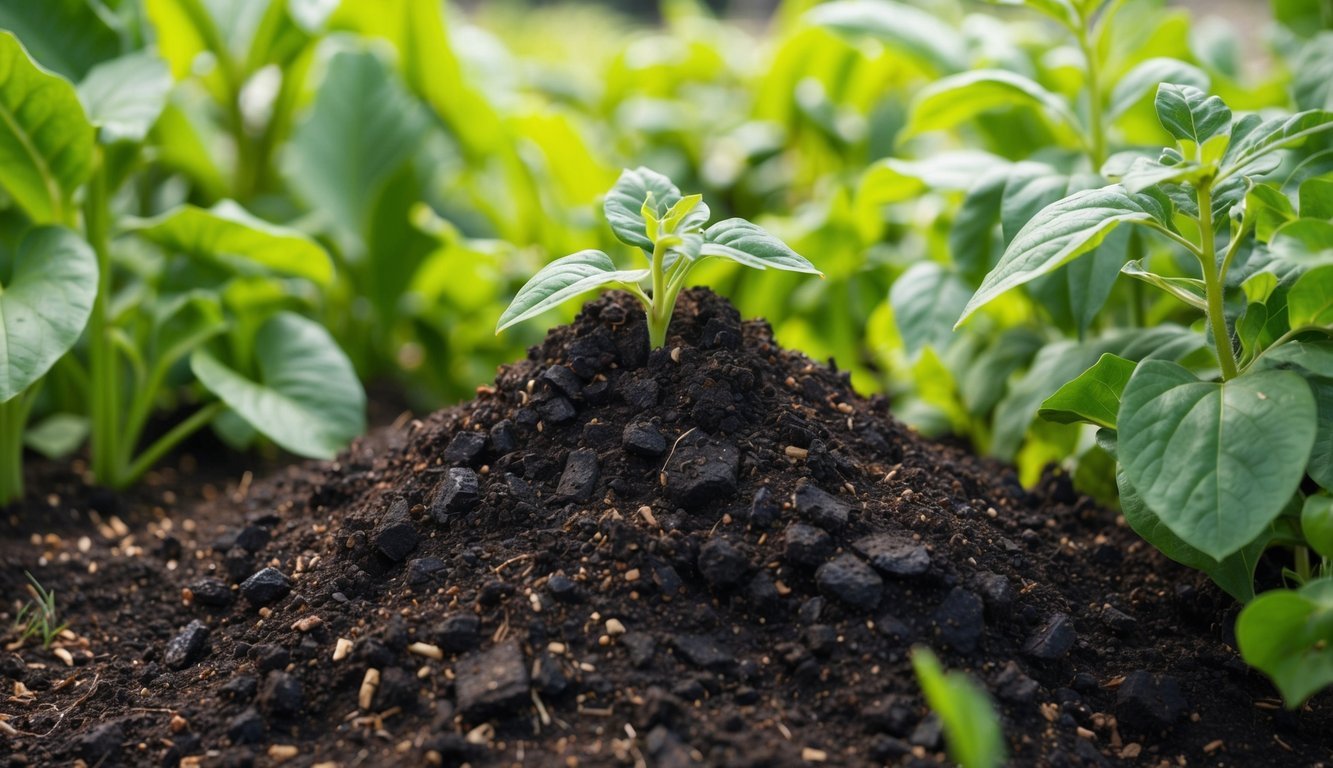
Soil contamination from DDT poses a significant environmental hurdle in numerous regions worldwide.
Researchers at Chalmers University of Technology in Sweden are pioneering an innovative solution: the use of biochar to address the ecological risks linked with this stubborn toxin.
Their recent study at a former tree nursery, tainted by DDT, revealed that introducing biochar led to a remarkable 50% reduction in toxin absorption by earthworms.
This cutting-edge method could potentially revitalize farmlands currently rendered unfit for cultivation due to health and environmental concerns.
Environmental Legacy of DDT
Once a popular insecticide in the forestry and agricultural sectors during the 1950s and 1960s, DDT has left a lingering environmental legacy.
Even though it has been banned for over fifty years, numerous sites in Sweden and other countries still grapple with DDT-contaminated soils.
The threat posed by DDT encompasses both ecological and health issues; its slow breakdown means it accumulates in living organisms, leading to elevated concentrations in apex predators within the food chain.
This accumulation adversely affects both wildlife and human beings.
Promising Findings from Biochar Applications
Over a span of three years, the researchers delved into the effectiveness of biochar applications at the DDT-affected nursery site in southern Sweden.
Their findings were promising: blending biochar with the contaminated soil significantly bound DDT, effectively curtailing its uptake by soil invertebrates.
The lead researcher emphasized that biochar proved highly efficient in preventing DDT absorption by organisms living within the soil.
Biochar is both cost-effective and environmentally sustainable; its charcoal-like properties not only enhance soil quality but also serve as a binding agent for pollutants.
Importantly, its application contributes to climate change mitigation by promoting carbon sequestration in the soil.
Data from the study demonstrated that applying biochar led to a significant reduction in DDT uptake among earthworms, showcasing a 50% drop in the toxin’s bioavailability.
This reduction signifies a decreased risk of DDT being redistributed across food webs or leaching into water systems, thereby lowering the environmental hazards associated with its presence.
Future Directions and Broader Implications
This pivotal decline in toxicity paves the way for landowners to once again consider agricultural activities on previously disqualified lands.
Current remediation regulations have forced many landowners to allow these areas to remain fallow, despite minimal health risks involved in cultivating crops.
Traditional remediation techniques for dealing with contaminated soil are often expensive and cumbersome.
In contrast, the innovative on-site biochar treatment presents a promising approach that can restore the utility of affected lands in a more sustainable and cost-effective manner, avoiding the resource-heavy practices of traditional excavation and disposal.
Potential crops flourishing in this improved soil could include tree saplings like pine and spruce, in addition to bioenergy crops such as willow.
Evidence indicates that biochar not only diminishes the chances of DDT being absorbed by plants but also protects untreated crops from accumulating significant DDT levels.
The existing regulatory framework often leaves land designated for remediation in limbo, as stakeholders await comprehensive evaluations.
However, the lasting presence of biochar in the soil suggests that its benefits may extend for many years, with ongoing sampling planned to assess future outcomes.
Despite the promising results, the application of biochar for soil remediation has yet to become widespread.
Researchers noted that this method has not yet been employed in similar situations in Sweden or abroad, particularly in forest nursery soils with comparable climates.
Growing interest in biochar’s versatility extends beyond DDT to encompass stabilizing other contaminants such as heavy metals and polycyclic aromatic hydrocarbons.
The positive outcome of this study signals a hopeful direction for future research on biochar utilization.
As an essential resource, soil regenerates at a remarkably slow rate, making it crucial to prioritize soil health.
A significant portion of soil across the European Union is classified as degraded, prompting initiatives to enforce stricter regulations around soil pollution, with an eye toward sustainable land management practices.
Additionally, the Chalmers team has pursued several aspects of soil health, investigating how treatment affects functions like nutrient cycling and carbon storage, and they have found favorable results that extend beyond the reach of DDT.
Their field experiment serves as a model for assessing gentle remediation strategies that can be readily adopted by practitioners and decision-makers engaged in land management.
Source: ScienceDaily

